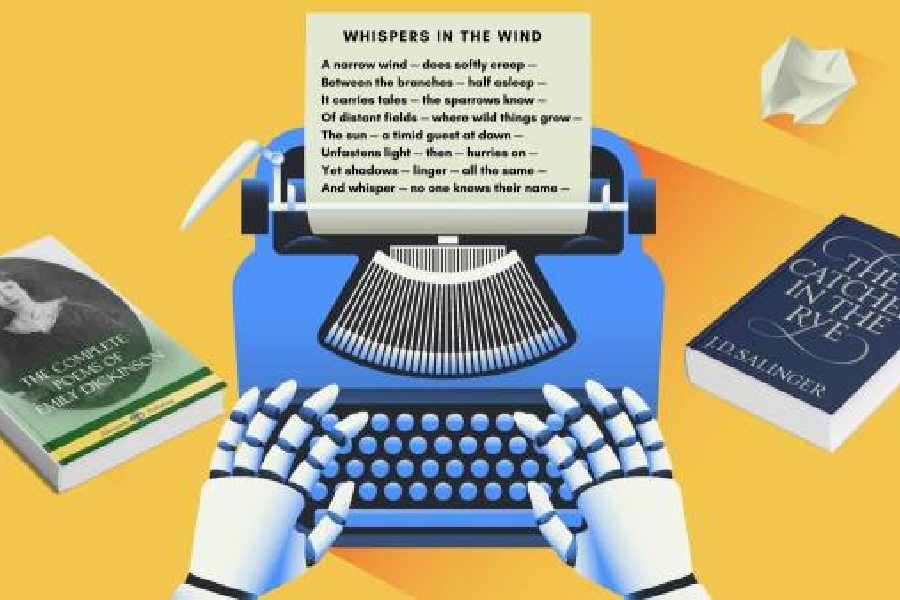Guru by your Bedside By S.D. Pandey, Penguin, Rs 250
Reading S.D. Pandey’s book brought to mind memories of The Serpent and the Rope by Raja Rao. As the author quotes his guru in the chapter, “Catch Him by the Tail”, saying that what is unmanifest is present in the manifest, he says that unless one “sees the rope for what it is, and not the serpent”, one can never attain. The book is about the spiritual quest of the author which culminated in the ashram in Mirtola.
Rich with resonances of Advaitic Vedants, replete with references to Man, Son of Man by Sri Madhava Ashish and Nisarga Datt Maharaj’s I Am That, and allusions to the Bhagavad Gita and the Kathopanishad, Guru By Your Bedside is a spiritual tour de force. The book has a deceptively simple beginning with the author recounting how he, then posted in Almora as the commandant of a paramilitary battalion, and his wife came in touch with the Mirtola Ashram and its two inhabitants, Gopalda, or Sri Krishna Prem, and Ashishda, or Sri Madhava Ashish. Tracing the setting up of the ashram by Yashoda Mai, wife of the ex vice-chancellor of Lucknow University, G.N. Chakravarti, Pandey narrates how the ashram changed from an essentially Vaishnav institution to a modern one, freed of empty ritual and tradition.
The ahram spawned its share of writers, poets and novelists, among them Bill Aitken and Madhu Tandan. While a few abandoned the ashram and turned away, some got disillusioned, but the mystery of the place and the charisma of the guru remained. The author refers to Nagarjuna’s saying, “Sansar is nirvana”, and that unless one consciously chooses a path to tread on, and shuns materialism, one is never likely to be free of bondage. Physical work with an aim prepares one for insight. The paths of attainment and liberation are presented: sadyo mukti, krama mukti and the way of the Bodhisattva.The way of the Bodhisattva is analogous to the flowering of the world tree.
A recurring metaphor is that of the centre and the periphery. The author quotes Mount Analog by Rene Daumal that one step up and one step down are the same. The two paths, direct and indirect, are complementary; East and West are two parts of a whole. Dream interpretation becomes important in the ashram’s teaching.
The persona of the guru stands tall above all allegations. The author succeeds in showing direction to men craving for a happiness which is beyond the material. The teaching is expounded in a way that it would appeal to the modern, secular, Western-educated mind.










